One of the more interesting questions we're asked is “After I install one of your clawfoot tubs and faucet sets, will my bathroom pass a plumbing code inspection?” The simple, yet unfortunate answer is: definitely maybe. Let me explain what I mean by starting with a little plumbing code history and theory.
As you may have guessed, building and plumbing codes exist to provide minimum standards of health and safety for the public. The problem is there isn't a uniform plumbing code for the US. Every state, county, city, and town has the right to define and enforce their plumbing codes as they see fit. Needless to say, this lack of a uniform plumbing code causes a great deal of confusion and frustration.
In 1994, several major model code organizations joined together to form the International Code Council (ICC). The goal of the ICC was to draft a set of universal building and plumbing codes. After years of research and discussion, the ICC published the first full edition of the I-Codes in 2000. The ICC’s efforts were, in large part, successful and have been adopted in 48 US states as well as the District of Columbia. Pennsylvania, for example, adopted the ICC’s I-Code as the Pennsylvania Uniform Construction Code in July of 2004.
That does not mean, however, that the US has a strictly enforced, uniform plumbing code. Remember, individual states and other political units (towns, counties, etc.) can modify the I-Codes before making those standards and practices law.
Now, let’s take a quick look at the concepts behind the codes. When it comes to bathtubs, the ICC concerns itself with proper tub and fixture installation, as well as minimizing the risk of backflow. Backflow, or more accurately as backsiphonage, is created by a difference in water pressures which causes water to flow back into the distribution pipes of a potable water supply. To prevent the potable water supply system from being contaminated, the supply lines or fittings are required to be installed in a manner that will prevent backflow.
How can backflow actually occur? Imagine you were bathing with the spout of your faucet under the flood level or rim of the tub and there was a break in the water main or some other circumstance that caused your water pressure to drop quickly. It's possible the suction caused by this loss of pressure could draw your bathwater back into the faucet, through your supply lines and into the public water supply.
So, how does all this apply to installing your clawfoot tub and faucets? As a general rule, you'll almost always pass an inspection if either the spout of your faucet is above the roll rim of the clawfoot tub or you've installed a backflow prevention device in accordance with the manufacturers’ installation instructions. Installing these devices is a fairly easy and inexpensive task if you do it during the initial bathtub installation. On the other hand, you'll almost certainly not pass an inspection if your spout is below the flood level rim of the tub. The gray area occurs when you have a spout below the flood level rim, but above the overflow and you don't have any backflow prevention device. The International Plumbing Code would prohibit that application. Many inspectors and enforcement agencies, however, would pass that faucet and tub combination based on the fact the spout is above the overflow hole.
Examples:
The Strom Plumbing Gooseneck Faucet shown below is an example of a faucet that would not require a backflow prevention device. The spout is above the flood level rim of the tub.
However, if you add a handshower to the Gooseneck faucet you need to make certain the handshower unit has a vacuum breaker because the handshower could get into the bathwater.
An example of a gray area would be the installation of an English Telephone Faucet. According to the ICC, you only need to install backflow prevention devices to the hot and cold supply lines; the handshower would not need a separate backflow prevention device. Some enforcement agencies, on the other hand, wouldn't insist on backflow prevention devices in your supply lines. Instead, they might only require you add a vacuum breaker to the handshower because the faucet spout is above the overflow.
Our advice is to always install backflow prevention devices when the spout is located below the rim of the tub. Some devices are small and decorative so they can be installed right at the faucet. Others are designed for installation directly on your supply lines. Remember - although backflow prevention devices don't necessarily need to be exposed, they must be accessible so they can be maintained and inspected.
If you have a specific question about your installation, consult with a qualified plumber or call your local code enforcement office for guidance.
I would like to thank Lynne Simnick, Senior Technical Staff, ICC for taking the time to explain the ICC codes, as well as proofreading this post for technical accuracy. I also want to thank Master Plumber George Yenchko of Hazleton Plumbing and Heating Co. and the Hazleton Code Enforcement Office for their comments on the Pennsylvania plumbing codes and regulations.

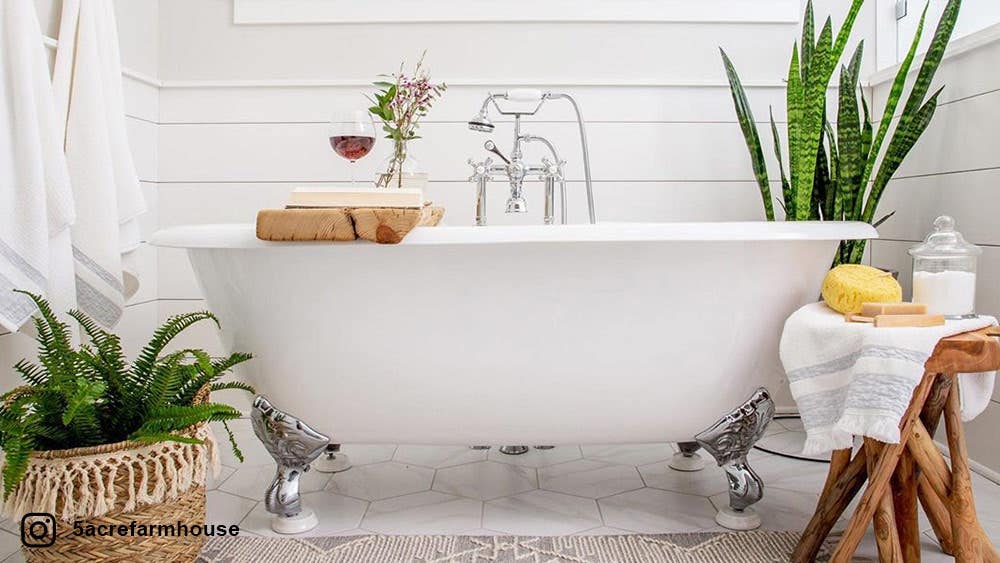
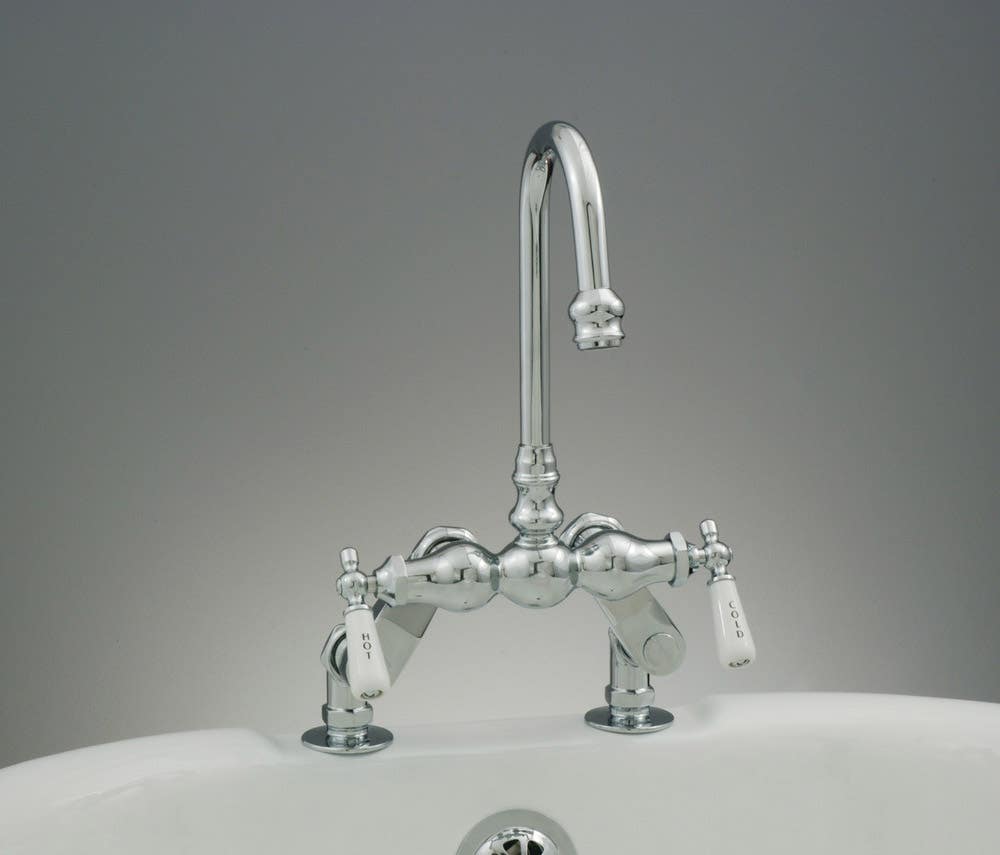
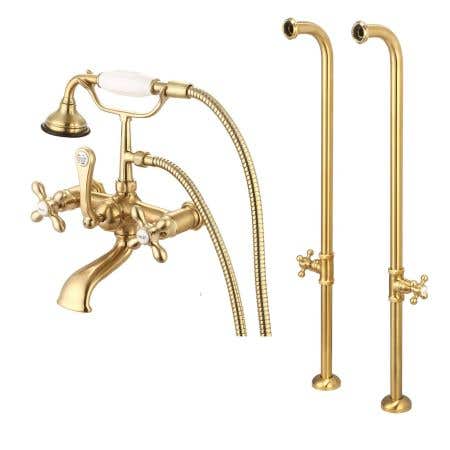
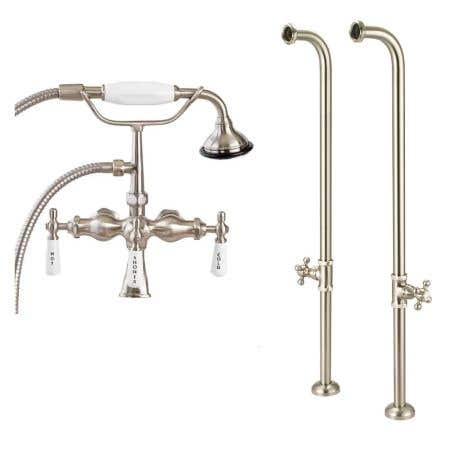
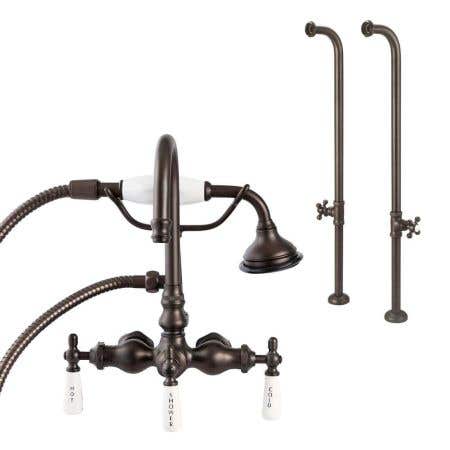
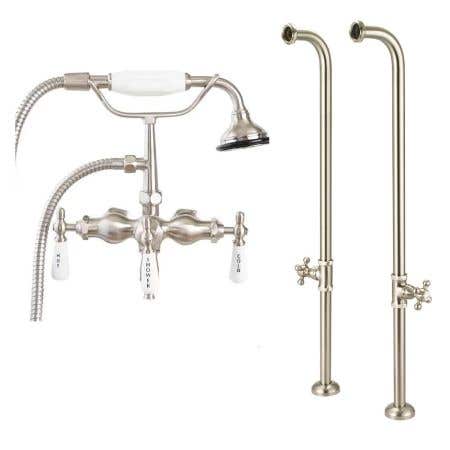
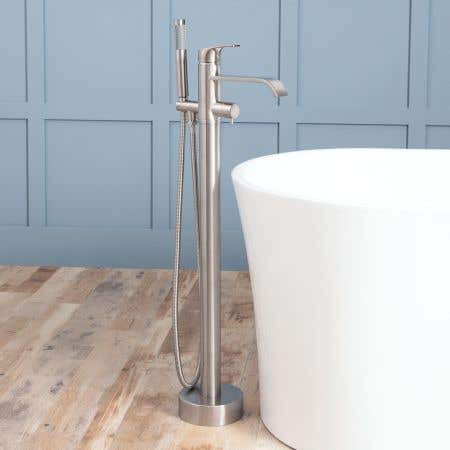
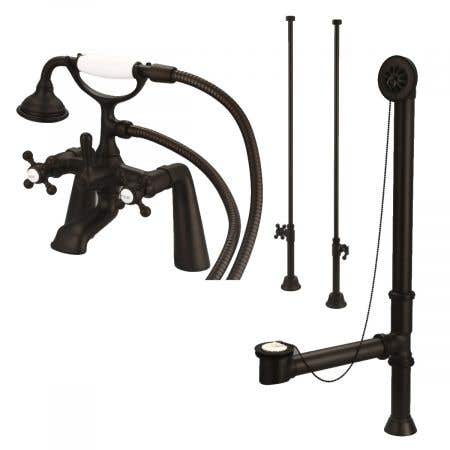
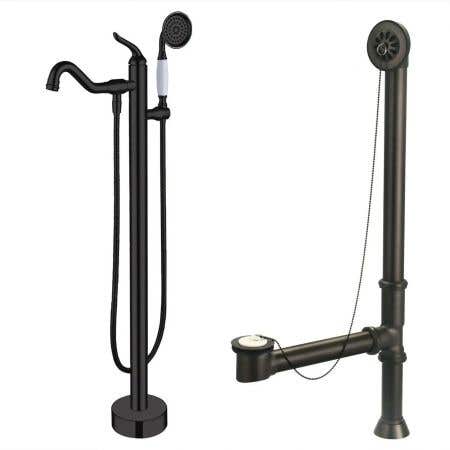
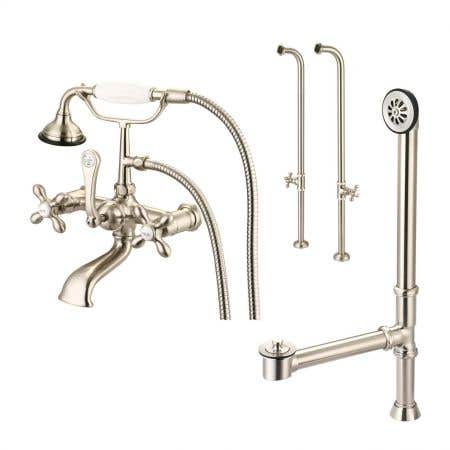
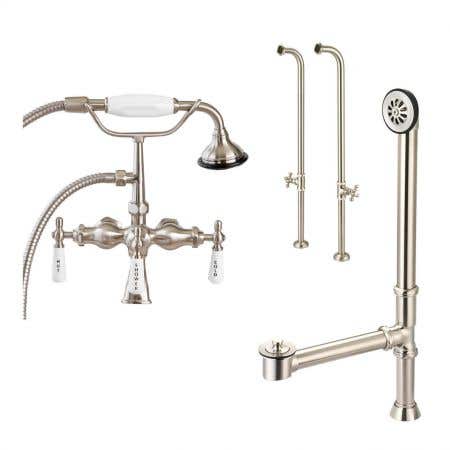

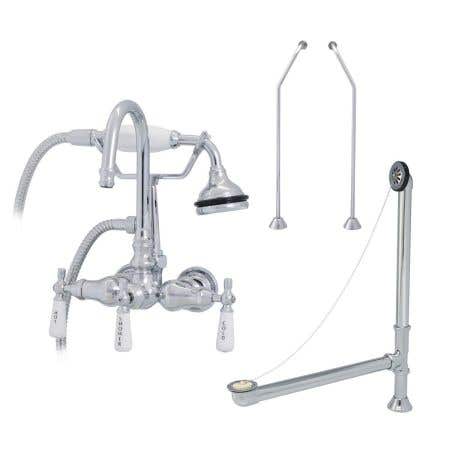

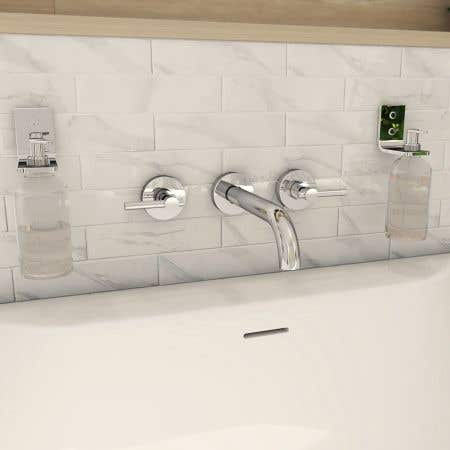
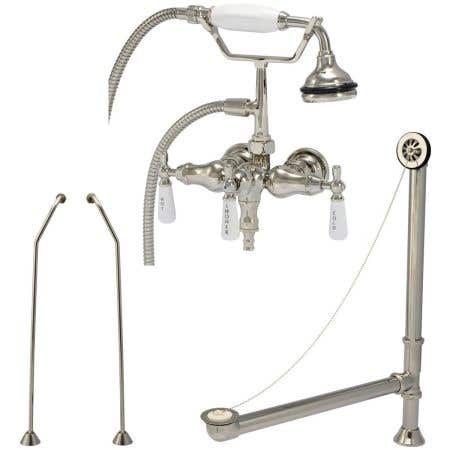
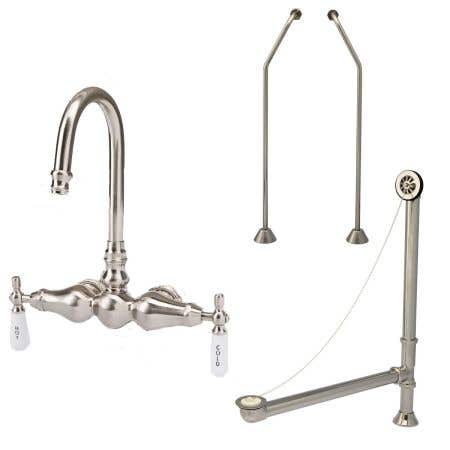
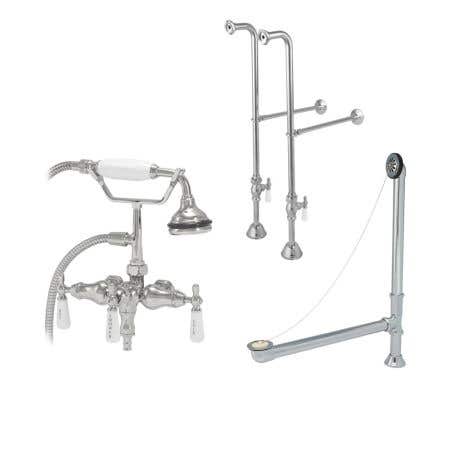

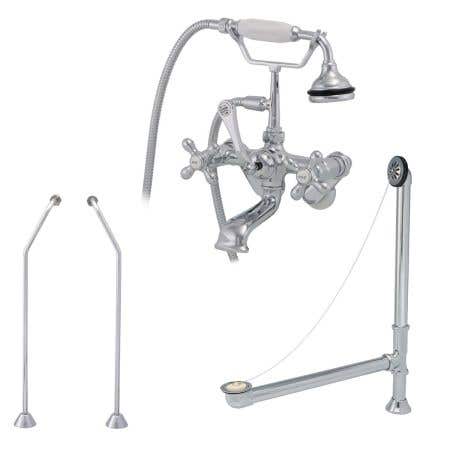
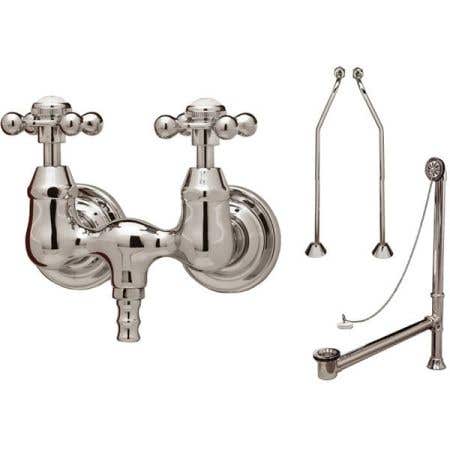
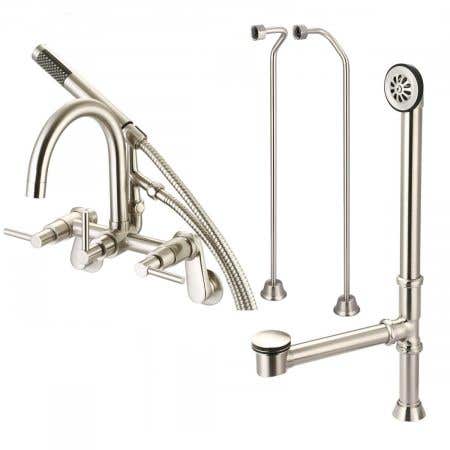
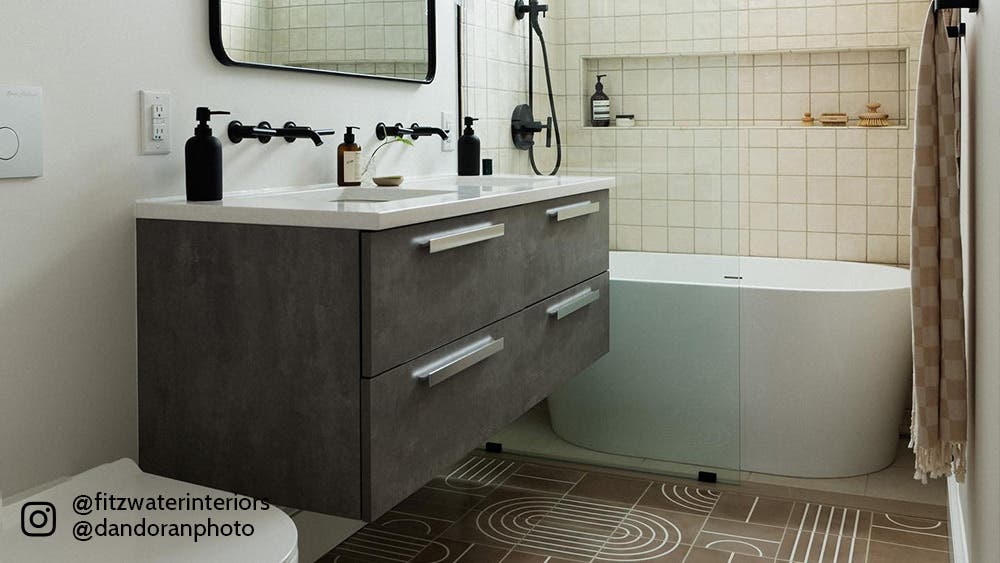
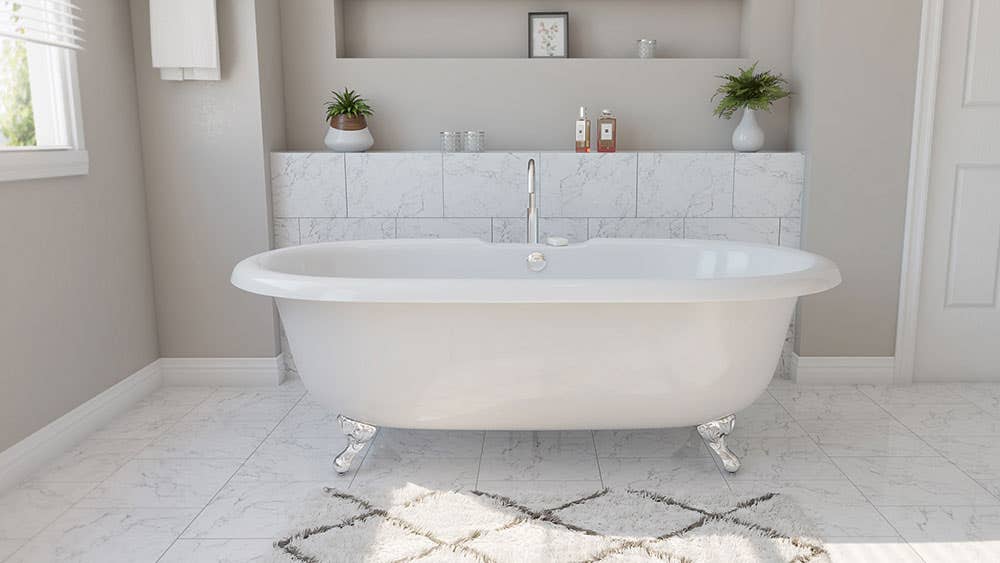
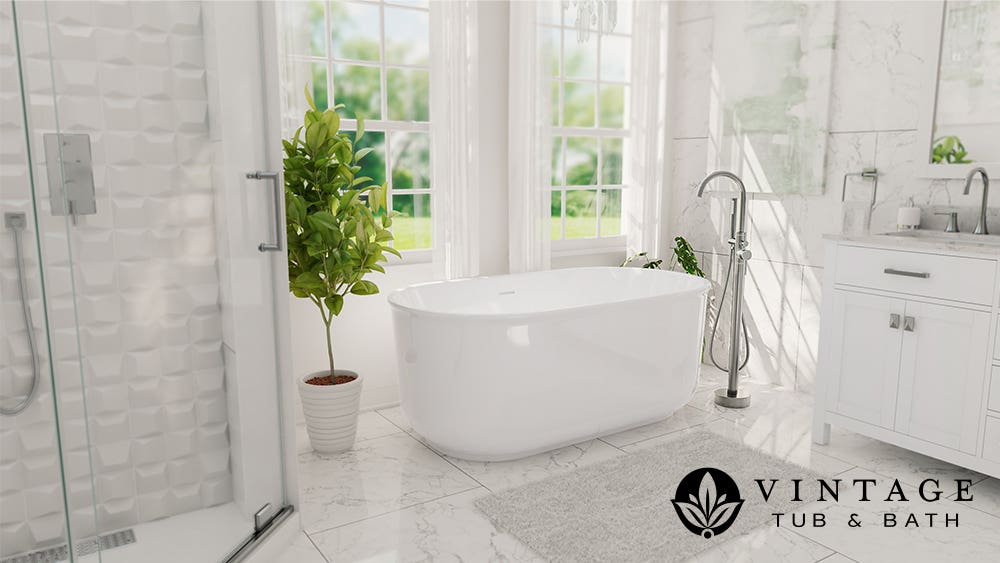

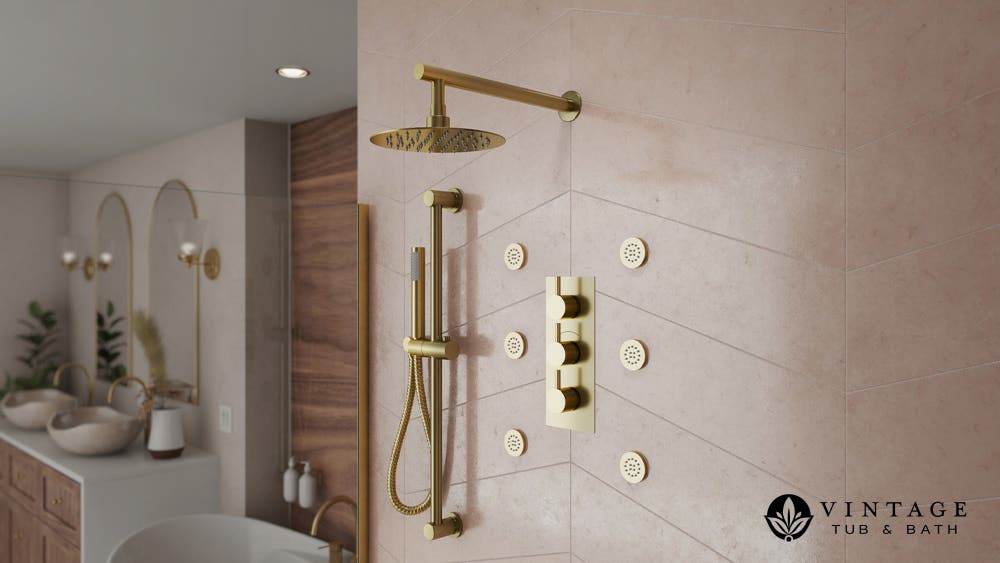
Login and Registration Form